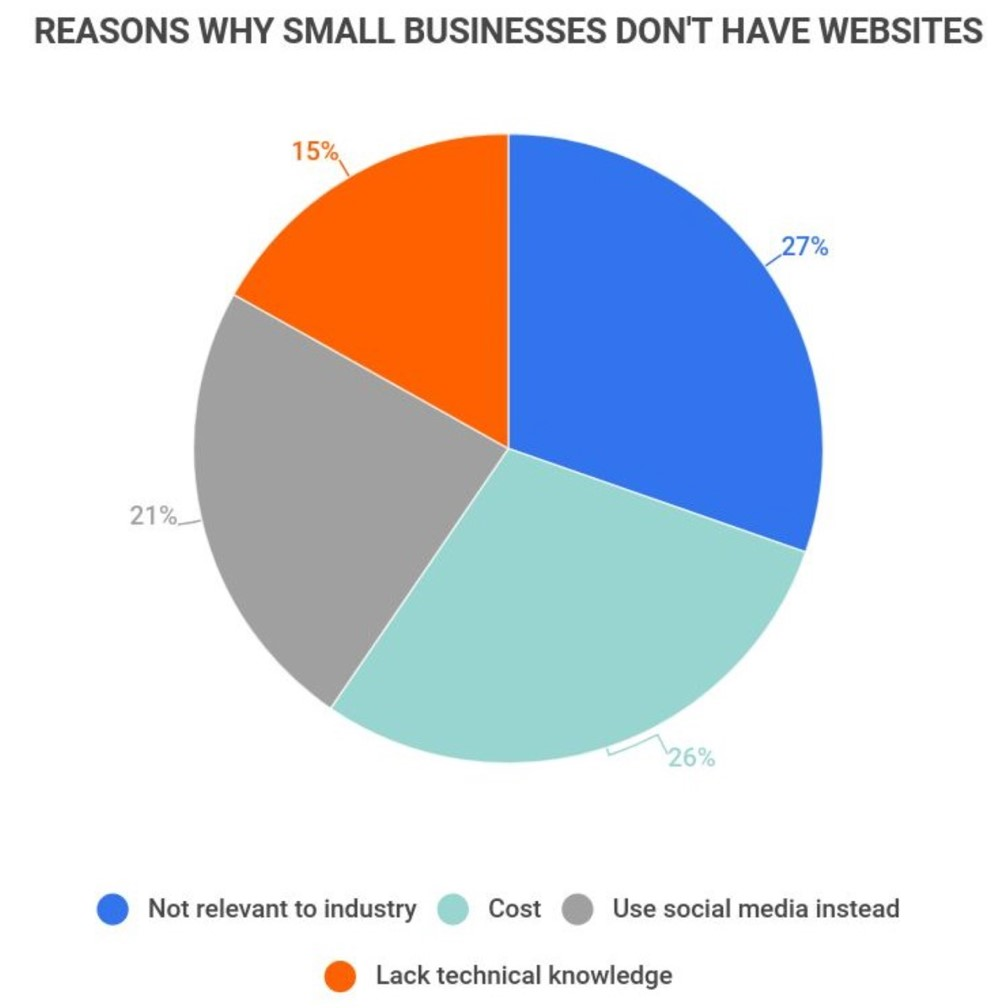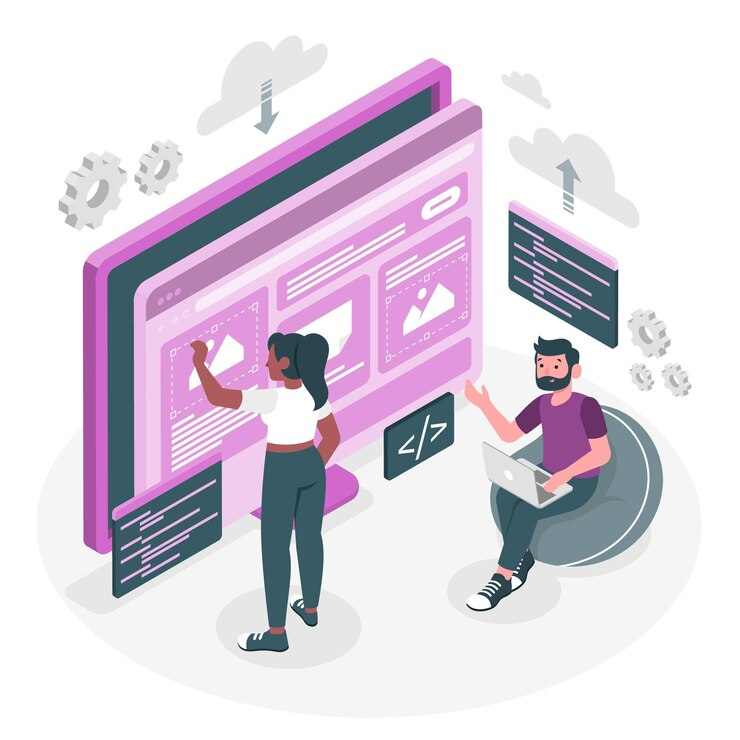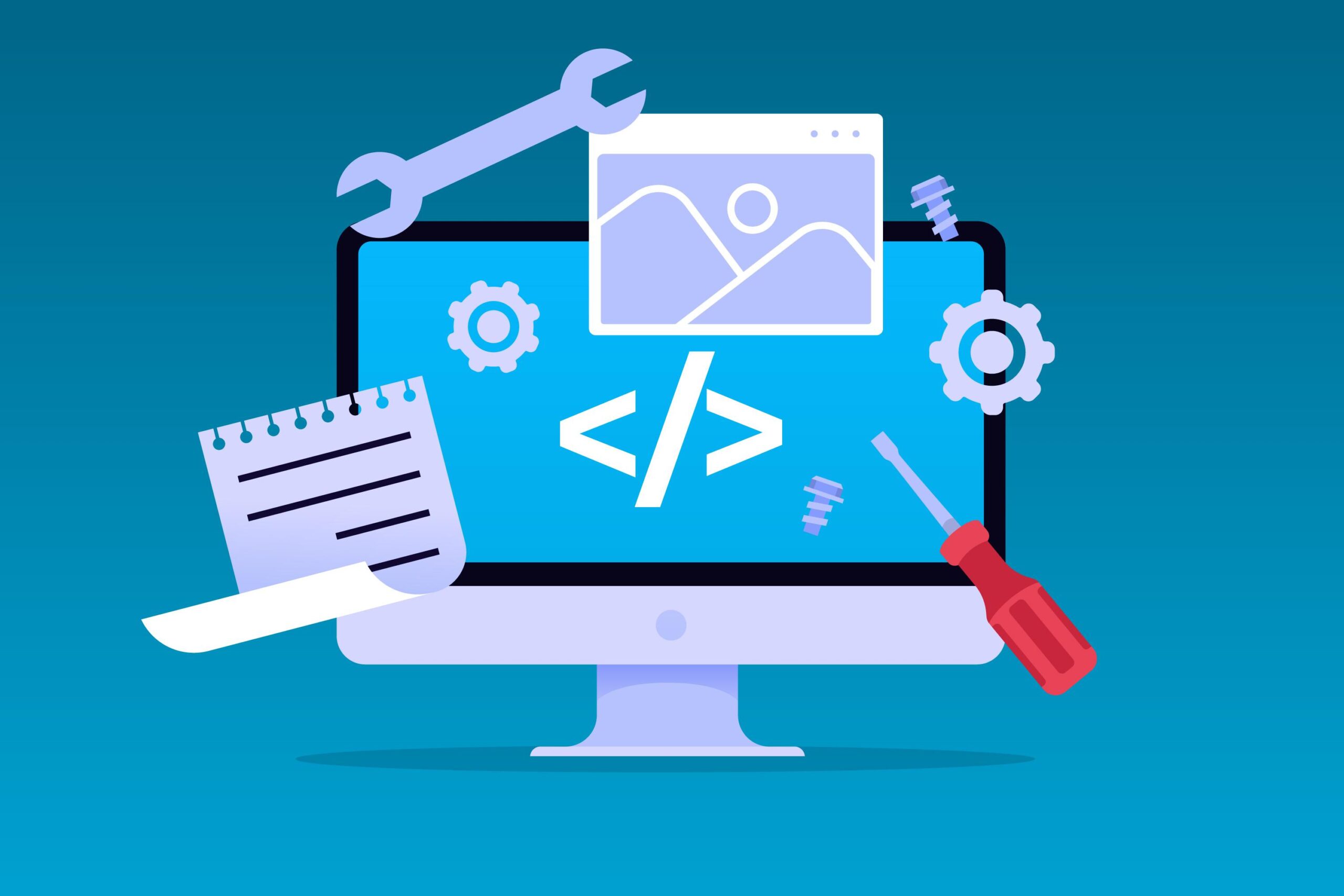Highlights
- Website costs vary widely, from $16/month DIY to over $10,000 for professional, complex designs.
- Key cost factors include project size, website type, design approach, and additional features.
- Defining goals and budgets helps small businesses find cost-effective web design solutions.
- Simplify designs, prioritize key features, and consider subscription-based services to maximize your website budget.
Did you know that about 27% of small businesses don’t have a website? Even more surprising, 40% of small business owners don’t want one. But in a world where having a website feels essential for any business, why do some owners stick with alternatives like social media?
Some believe their business is too small to need a website. Others think the cost of creating one is too high to make it worth the investment. In this guide, we will help you understand the average cost of website design for small business and the factors that might affect the final price.
How Much Does It Cost to Design A Website?
A simple DIY website might cost as little as $16 per month, while a more complex site requiring experts like designers, copywriters, and photographers could exceed $10,000.
Let’s break down the key factors that impact the average cost of website design for small business:
- DIY vs. Professional Help: Building it yourself saves money, but hiring professionals adds to the cost.
- Complexity: The more features and functionality your site needs, the higher the cost.
- Additional Services: Custom design, professional content, or photography can significantly increase expenses.
What Affects the Web Page Design Price?

The average cost of website design for small businesses varies depending on several factors:
- Project Size: Do you need a full website built from scratch, or are you just updating specific parts? Simpler sites for small businesses usually cost less than more advanced enterprise-level designs.
- Type of Website: The kind of site you need greatly affects the cost. For instance, a basic portfolio site will cost less than a complex online store or corporate site.
- Design Approach: Are you planning to design it yourself, hire a freelance designer, or work with an agency? Each option comes with different price ranges.
- Pricing Model: Some designers charge by the hour, while others offer a fixed project rate.
- Your Budget: The amount you’re willing to spend depends on your business needs. Creating a brand-new website will typically cost more than refreshing an existing one.
- Additional Features: Elements like templates, plugins, or custom extensions can add to the overall cost.
Factors to Consider Before Hiring a Website Design Agency
Building a website is a big investment for any business, whether you’re a small enterprise, a local shop, or a startup. Working with professional web design and development experts can help you create an engaging, SEO-optimized website that drives results. Before choosing an agency for small business website design services, here’s what to keep in mind:
1. Define Your Design Needs and Goals
Be clear about what you need and how it aligns with your business goals.
- Do you want a website that boosts conversions?
- Do you need specific features like a CRM system or e-commerce functionality?
- What type of user experience and branding should the site convey?
These factors influence the cost of web design services, so it’s helpful to outline your priorities beforehand.
2. Set Your Budget
For small businesses with limited resources, cost-effective solutions like no-code website development can provide flexibility and scalability. Whether you need a full website or a landing page, many agencies offer affordable options that meet your goals and design standards.
3. Check the Agency’s Experience and Expertise
The agency’s experience can make a big difference, especially with businesses in your niche. A team familiar with your industry’s audience and compliance requirements can save time and deliver better results. Moreover, evaluate their portfolio, client testimonials, and case studies to determine their skills and capabilities.
4. Look for Knowledge of Web Design Tools
Make sure the agency is proficient in modern web design tools, including those for UI/UX prototyping. Skilled use of these tools can enhance your website’s design and functionality.
Tips to Maximize Your Website Budget

Source: https://www.zippia.com/advice/small-business-website-statistics/?roistat_visit=1931671
A great website doesn’t have to break the bank. Here are some ways to optimize your budget while maintaining quality:
1. Keep It Simple
The more pages and complex features your website has, the higher the cost. Focus on a clear, straightforward design that communicates your brand effectively. Overcomplicated layouts can confuse visitors, and 38% of users will stop using a website if its content or design is unattractive.
2. Prioritize Key Elements
Invest in the features that matter most:
- SEO optimizes your website to help it rank higher in search results.
- Mobile-friendly design for better usability.
- High-quality content to engage your audience.
3. Choose Subscription-Based Design Services
A subscription model can provide flexibility and value. For example, TambenaConsultingg branded WordPress website design services offer:
- Unlimited design requests and revisions.
- A dedicated design team.
- Quick turnaround times.
- Transparent pricing with no hidden fees.
By working with an agency that offers such a model, you can achieve an excellent website that meets your needs without overspending.
Summary
Designing a website is an important investment for any business. The average cost of website design for small business depends on your needs, goals, and budget. Whether you choose a DIY approach or hire professionals, focusing on key elements like clear design, mobile-friendliness, and SEO can help you create a site that delivers great results without overspending. With the right approach, you can build a website that looks great, works smoothly, and helps your business grow.






